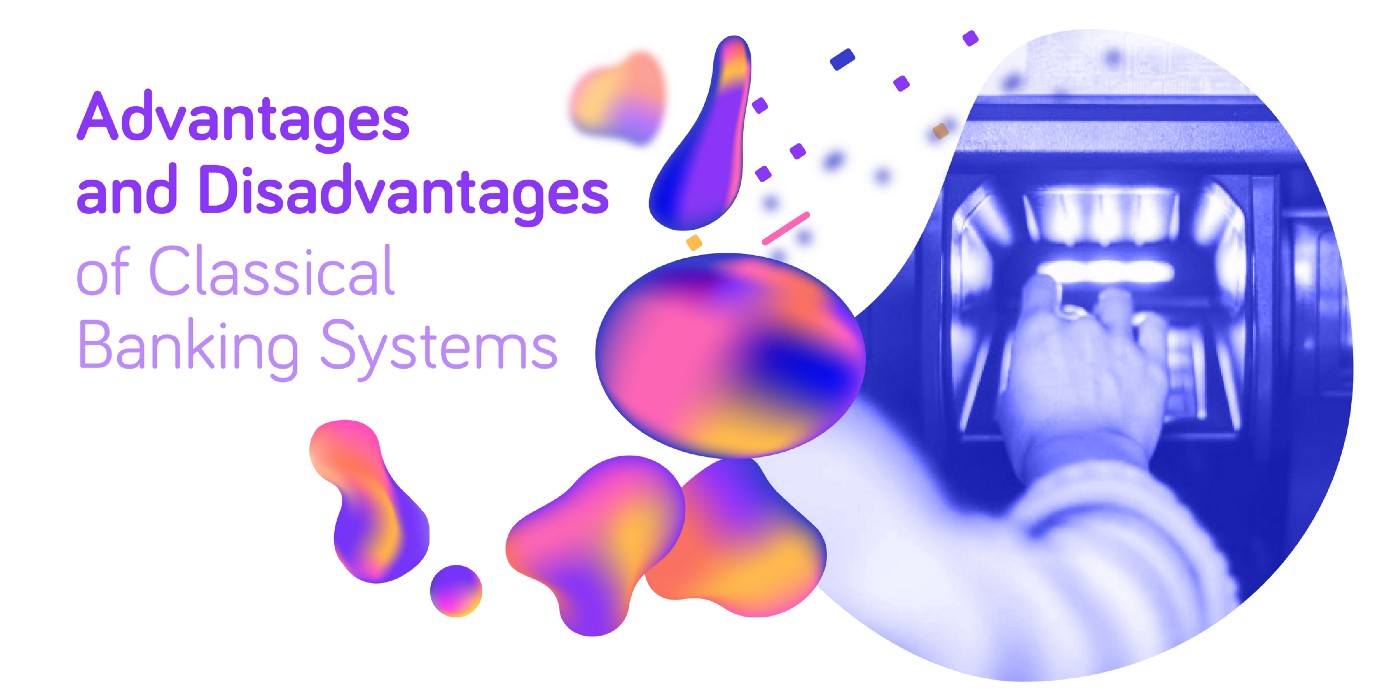Sometimes we feel that banks have been around us since forever. This is because they are so many, and it is quite common to find a bank in the smallest village that you discover while travelling. If not a bank office, but at least an ATM you will see.
This is the status quo today: banks are all around us. Is this a good thing or a bad thing? Let’s continue with the article and draw a conclusion at the end.
Just like for the stock market, when we search the roots of what we call today “the classical banking systems”, we end up in 14th century Italy. Of course, this is not the first appearance of the bank as a concept, as it all started way earlier, but we are now talking about current classical banking systems: banks as we know them today.
Italy is also the place where we can find the oldest bank still operating today: Banca Monte dei Paschi di Siena, which has a continuous activity since 1472. Just imagine for more than 500 years, they have been in charge of managing loans, deposits, credits, and so on. I’m expecting them to be really good at what they’re doing!
The purpose of this article here is to define the main characteristics of the classical banking systems as we see them today all around us, and then put a spotlight on their advantages and also on their disadvantages.
In my eyes, there are several main types of banks present today:
- The national / central banks — they are responsible for making the rules of collaboration applicable to the other type of banks (commercial, retail, etc.);
- The commercial banks — dedicated mainly to small businesses and enterprises and generally offer business loans for development, current accounts, etc.;
- The investment banks — they work with big corporations and help them execute complex financial tasks and also, they create securities (financial instruments);
- The retail banks — focused on offering services and products to individuals: current accounts, loans, deposits, etc.
It is obvious that there are also other types of banks, but they are concentrated on small niches, and they are not that very relevant for the discussion here.
A bank’s main purpose is to make loans and protect the depositor’s money which has been entrusted to the bank. This is valid still today, even with mobile banking and online banking replacing the traditional physical bank offices with nice people that are dressed nicely and talk to you nicely and politely.
Initially, there was a correspondence between paper money and gold money and banknotes were printed only enough to reflect 1:1 their equivalent in gold available in the bank’s vaults.
However, in August 1971 this correspondence was terminated as Richard Nixon (37th president of the United States of America) cancelled the international convertibility of the US Dollar to gold.
This measure was imposed as part of the efforts to stop the growth of the inflation in the USA and its most desired effect was to stabilize the US Dollar.
Another specific characteristic of today’s banking is the fractional reserve — a system in which only a fraction of the bank’s deposits are backed by cash available in its own vaults or balance in its accounts at the central bank.
Even if at the first glance this looks like a risky procedure, statistics have shown that this is a good method for boosting the economy. The minimum amount that a bank is obliged to keep in liquid assets is defined for each country by its central bank.
In the bullet points below, I have listed some of the advantages of the current banking systems, at least the ones that I have noticed:
- They are around us since many years (as mentioned earlier, the longest bank in existence has more than 500 years of activity);
- They are trustworthy due to being around us since “forever”;
- People know how to use their products;
- They offer a safe mechanism for the population to store their excess money be it deposits or savings accounts;
- They make loans affordable for the general public and therefore making it easier for the population to build wealth (in former times it was quite difficult to get a loan to buy your house);
- They can create credit and together with the fractional reserve system described earlier, they are helping the economy grow much faster;
- They are interconnected and they form a big global banking network — if I have a credit / debit card issued from one bank in Europe, most probably I could withdraw money from it by using an ATM form another bank in North America (of course, some taxes could be applied);
- A consequence of the item above is the fact that one can travel the world, without having to carry big amounts of cash — a credit card is just enough (assuming that there are sufficient funds on it);
- Since there are many people using the banking services, they have become very cheap and, in some situations, even free (at least for the basic services).
“What goes up must come down” — there is an old popular saying. Therefore, I would like to put here below also some of the disadvantages of the current banking systems:
- They are exposed to risk like any other business: they could go bankrupt and as a consequence all of their customers could be affected ;
- Also, they could be robbed — this could also have an effect on their customers;
- They are centralized and follow the rules imposed by national / central banks;
- They are easy to control by governments through the national / central banks;
- In some countries the people’s bank accounts and balances are completely transparent to the government and its fiscal organizations;
- Some services still require paying a number of taxes and commissions;
- They are also exposed to the risk of “phishing attacks” which is a modern version of the “old robbery with a gun and a mask”;
- Since their services are so easy to be accessed by the general public, it could be the case that customers who are not very good at keeping control over their spending habits, could fall into a spiral of debt very fast. It is debatable if this is in fact a disadvantage of the banking system or not, but it happens quite often — and I thought it is a good thing to put a red flag on it here.
From my perspective, and also from what I see in the market, the next step for the banking evolution I believe is called “Revolut” and some of his competitors: Wise, Curve, Monese, N26, Simple, Monzo, Paysera, etc. which have started initially as money transfer services and now are making steps towards other financial operations.
For example, Revolut has started its own bank — meaning that in selected countries, the Revolut deposits are protected by the national deposit protection program.
In addition to these evolute money transfer systems, there are also platforms that allow people to borrow money direct from one-another (and eliminating the bank from the equation), or allow people to get together and raise money to start a business or invest in one — also without having to include a bank in the chain of operations.
In conclusion, I would say that looking at the both sides of the coin called “classical banking systems” there still are good enough reasons for them to be present in our daily activities, for quite some time from now on. However, the next steps are already being taken, and some results are already visible (as mentioned above).
Disclaimer: The content of this article is not investment advice and does not constitute an offer or solicitation to offer or recommendation of any investment product. It is for general purposes only and does not take into account your individual needs, investment objectives and specific financial and fiscal circumstances.
Although the material contained in this article was prepared based on information from public and private sources that IXFI believes to be reliable, no representation, warranty or undertaking, stated or implied, is given as to the accuracy of the information contained herein, and IXFI expressly disclaims any liability for the accuracy and completeness of the information contained in this article.
Investment involves risk; any ideas or strategies discussed herein should therefore not be undertaken by any individual without prior consultation with a financial professional for the purpose of assessing whether the ideas or strategies that are discussed are suitable to you based on your own personal financial and fiscal objectives, needs and risk tolerance. IXFI expressly disclaims any liability or loss incurred by any person who acts on the information, ideas or strategies discussed herein.


